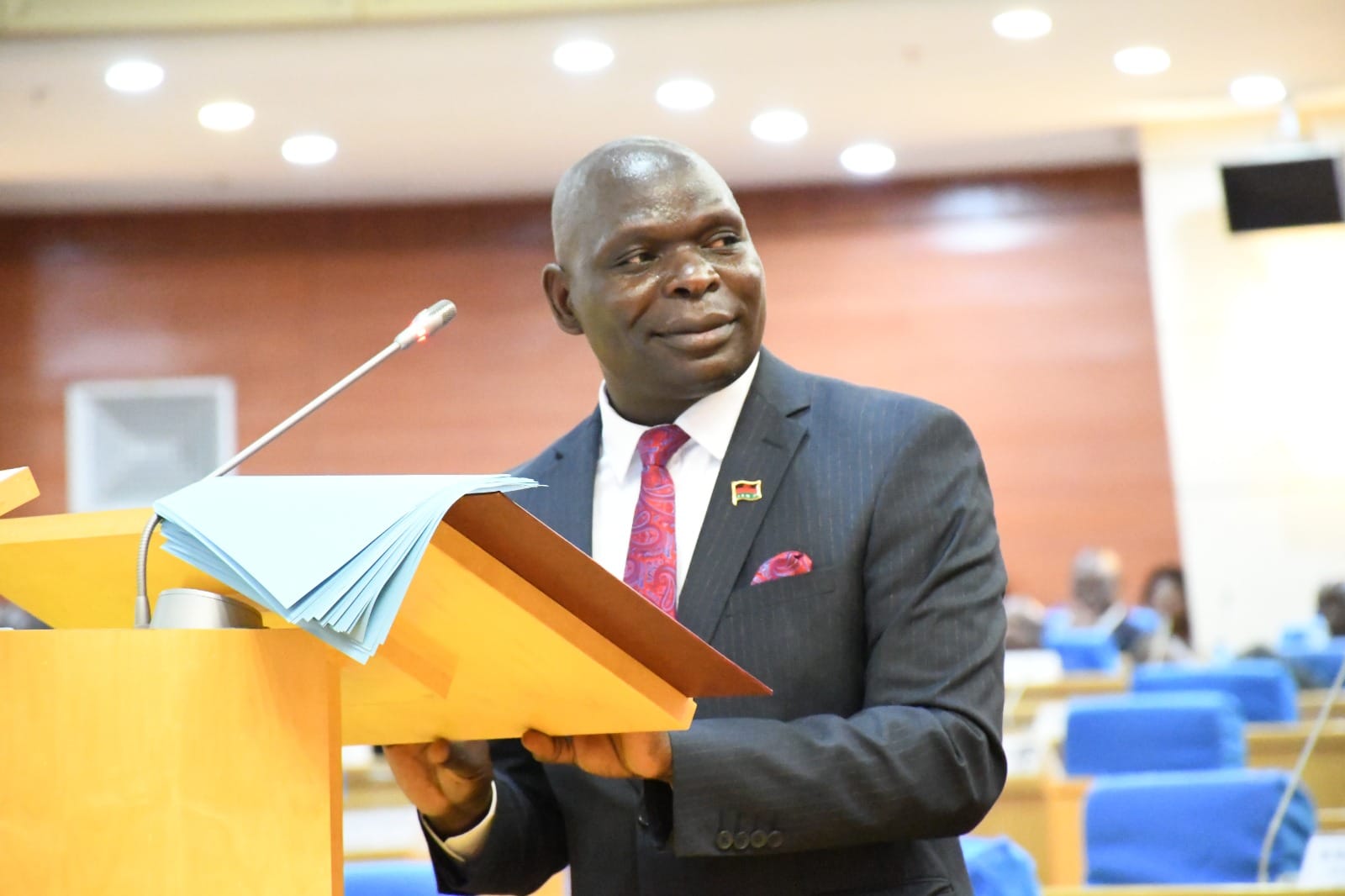‘Malawi remains underdeveloped’

Malawi is still among 49 countries designated by the United Nations (UN) as ‘Least Developed Countries’ (LDCs), a latest United Nations Conference on Trade and Development (Unctad) report has said.
The report on Trademark Southern Africa (TMSA) website explains that there are worrying signs that economic growth trends in Malawi and other LDCs have not been inclusive and that its contribution to poverty reduction has been limited.
During the fromer president the late Bingu wa Mutharika’s rule, the Malawi economy was growing at an average rate of seven percent. This was above the six percent threshold that can meaningfully impact on reducing poverty rates in sub-Saharan Africa.
However, since independence in 1964 to-date, Malawi has had four presidents who have each ushered a myriad of policy reforms, signed numerous treaties and conventions and formulated countless policy documents but all these have not fully moved most a majority of Malawians out of poverty trap.
A social-economic commentator Lewis Chiwalo, said in an interview on Tuesday that unless Malawi reviews some of its policy documents on the ground, poverty levels will still be high and that the country will still be dubbed as an LDC.
“There is an urgent need to review all public documents so that these documents begin to create wealth and more jobs, we are capable of developing,” said Chiwalo, who is also interim president for the Economic Empowerment Action Group (EEAG).
He recalled that in 2008 most businesses in America collapsed due to the credit crunch but said USA government responded by introducing policies that have seen most companies getting back to their feet and also in a position to create more jobs.
According to the UN report, the outlook for the LDCs in the short to medium term “is not very good” predicting that the growth of the LDCs as a group will be below the seven percent.
This year, Malawi ‘s growth forcast is five percent before it rebounds to 6.1 percent next year, according to the International Monetary Fund (IMF).
Last year, the country grew by 1.8 percent despite an earlier projection of 4.3 percent pinned down by a slump in the agriculture sector, especially the halving of tobacco output.
“In that scenario [growing by less than seven percent], responding effectively to the employment challenge, will be even more difficult for the LDCs,” it says.
Unactad says with the global economy is still struggling to return to a strong and sustained growth path, the external environment faced by the LDCs has been less favourable in the past five years than previously.
It says the recent slowdown of world trade has weakened the demand for LDCs imports.
In addition, the report observes that apart from the weaker demand for their exports, the LDCs have been confronted with a heightened volatility of commodity prices and capital flows.
“As a result, economic growth in the LDCs has been weaker by a full two percentage points in the past five years (2009–2013) than during the previous boom period (2002–2008). It has also been below the target rate of seven percent annual growth established in the Istanbul Programme of Action (IPoA) for the LDCs for the Decade 2011–2020.”
However, it observes that despite the sluggish global economic performance of recent years, LDCs in general have enjoyed moderate economic growth.
The list of LDCs is reviewed every three years by the Economic and Social Council (ECOSOC) of the UN based on recommendations by the Committee for Development Policy (CDP).
The three criteria used in reviewing the latest LDCs categorisation include per-capita income, human assets and economic vulnerability.
Only three countries have so far graduated from LDC status, namely, Botswana in December 1994, Cape Verde in December 2007; and Maldives in January 2011.





